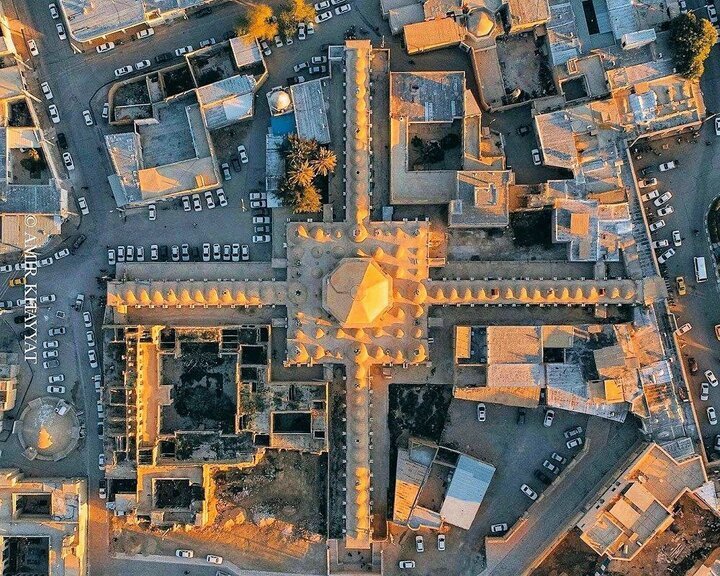Expert calls for four-year plan to restore historic bazaar in Lar

TEHRAN - A senior regional development planning expert has proposed the development of a four-year restoration plan for the Qeysarieh Bazaar in Lar, southern Iran, involving private sector participation and non-governmental organizations.
Mohammad-Ali Jamshidi, who is also a tourism advisor to the Lar City Council, outlined the proposal in a note submitted to Tehran Times. He described the Qeysarieh Bazaar as a “thousand-year-old jewel” and one of the oldest continuously operating markets in West Asia.
According to Jamshidi, historical, archaeological, and epigraphic evidence dates the bazaar back to the 4th to 6th centuries AH (approximately 1000 years ago). While some sources date the current structure to the Safavid era (early 17th century), he said this period only involved restoration and expansion, with the bazaar’s origins predating that time.
He noted the bazaar’s strategic location on caravan routes linking central Iran to the Persian Gulf made it a key economic hub from the 8th to 12th centuries AH. Its trade network extended to ports such as Bandar Abbas, Siraf, Bushehr, and islands like Qeshm and Kish, as well as regions across the Gulf including Oman and the northern UAE.
Jamshidi identified several threats to the bazaar’s preservation, including unprofessional restorations using inappropriate materials like cement and iron beams, incompatible modern businesses disrupting the traditional social fabric, inconsistent urban development causing visual and structural damage, and water damage leading to structural cracks and subsidence.
He also highlighted the absence of tourism infrastructure such as lighting, signage, visitor services, and cultural tours, which limits the site’s potential as a national and international tourist destination.
Drawing on comparisons with other historic Iranian bazaars in Tabriz, Kerman, Yazd, and Qazvin, Jamshidi said a properly restored Qeysarieh Bazaar could attract 150,000 to 250,000 domestic and international visitors annually. He estimated the economic turnover could reach 1.5 to 2 trillion rials (&1.6 million to $2.2 million) per year, generating around 500 sustainable jobs in traditional restoration, tourism services, handicrafts sales, accommodation, and education.
He underscored the bazaar’s uniqueness, given its approximately 1,000-year history, making it older than other famous bazaars in Iran, and its status as one of the few living, active traditional bazaars in the country.
Jamshidi recommended initiating the process for UNESCO World Heritage registration with the cooperation of architecture universities, the Cultural Heritage Department of Fars province, and relevant local authorities. He also called for the preparation of a comprehensive four-year revival plan with the active involvement of the private sector and civil society organizations.
“The Qeysarieh Bazaar is a living cultural heritage reflecting the history, architecture, trade, and culture of southern Iran,” he wrote. “With proper attention, planning, and restoration, it can become not only a major tourist attraction but also a driver of economic development in Lar.”
AM
Leave a Comment